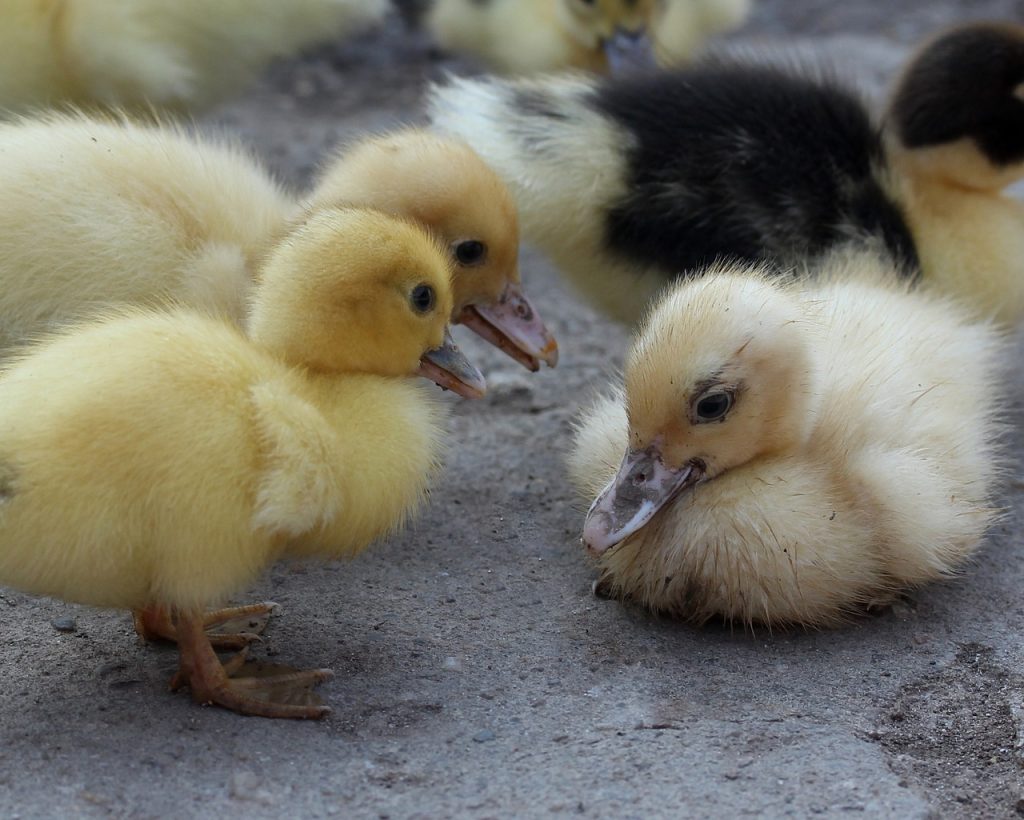
***
One of the things EDs and CEOs have noticed is that we get “decision fatigue,” and one way it manifests is in our frustration at having to make even small decisions when we’re at home. The other day, for example, my partner (who also directs a nonprofit) was hungry and asked which of two packages of ramen I recommended she eat. I was unable to answer. “I’m torn!” she said, “Just make the decision for me!” I stared at her for several more seconds before hissing like a cat and scampering into the living room to hide behind the couch.
Decision fatigue is real, y’all, and it has sometimes led to fights and arguments in our household over the most ridiculous things. (“Which movie should we see?” “Hisssss!”) It is also symptomatic of the weakness in our society’s default decision-making philosophy. This philosophy is basically top-down and hierarchical, where the people who have the most power have the most decision-making authority, even in areas where they have the least amount of knowledge and experience. The ED/CEO makes the final decisions on everything. Staff who challenge the decisions get into trouble. And the board sometimes vetoes the staff’s decisions.Continue reading →





